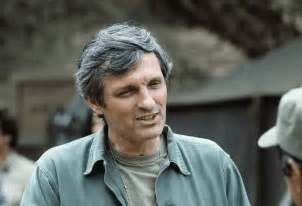
Three Straightforward Tips to Bring More Energy to Team Huddles
Sometimes sports analogies are applied too often and are taken too far in thinking about effective management practices. But since we borrowed the term “huddle” from football to describe a brief team meeting, revisiting what makes sports huddles effective – and where we may have lost our way in translation in health care – seems appropriate. Whether you are a personal fan or not, it is hard to argue that Peyton Manning is one of the greatest professional football players is history. Manning was great not only because he was a talented quarterback but also because he was a gifted leader who brought out the best in the entire team. Arguably, he understood leadership as well as Peter Drucker, Jack Welch or any other management









